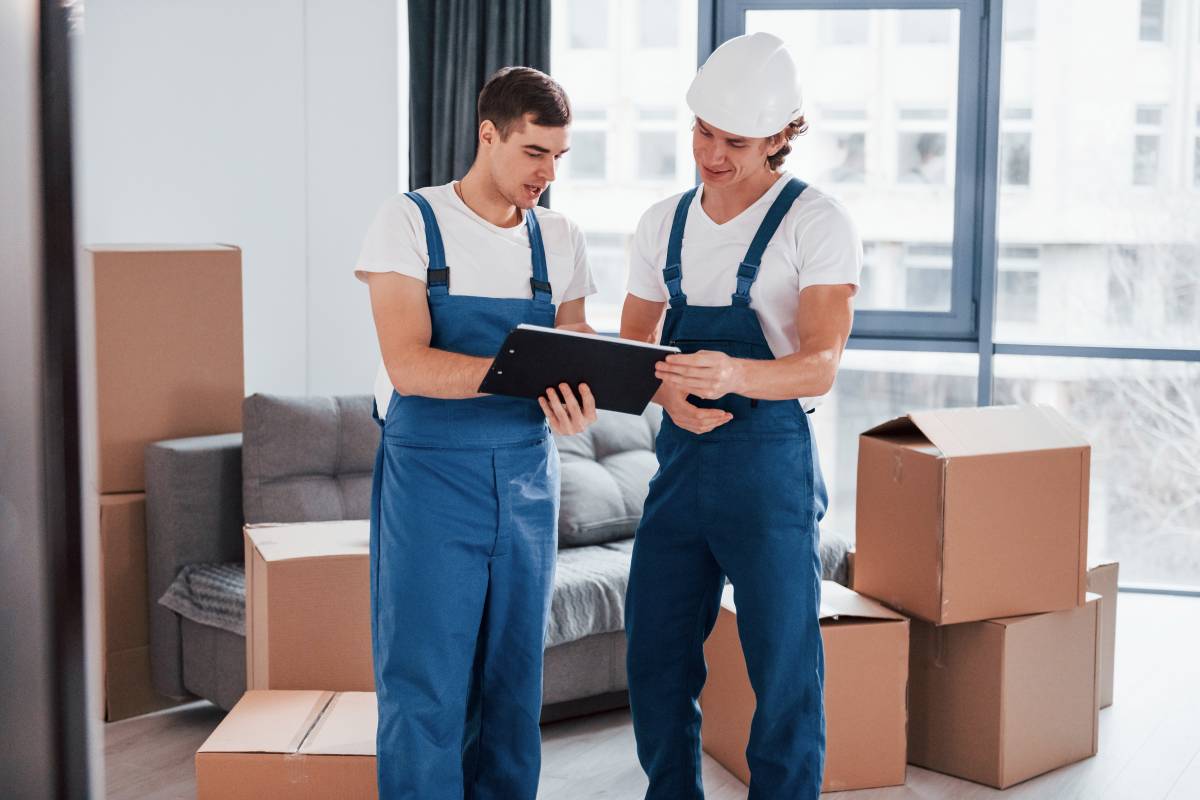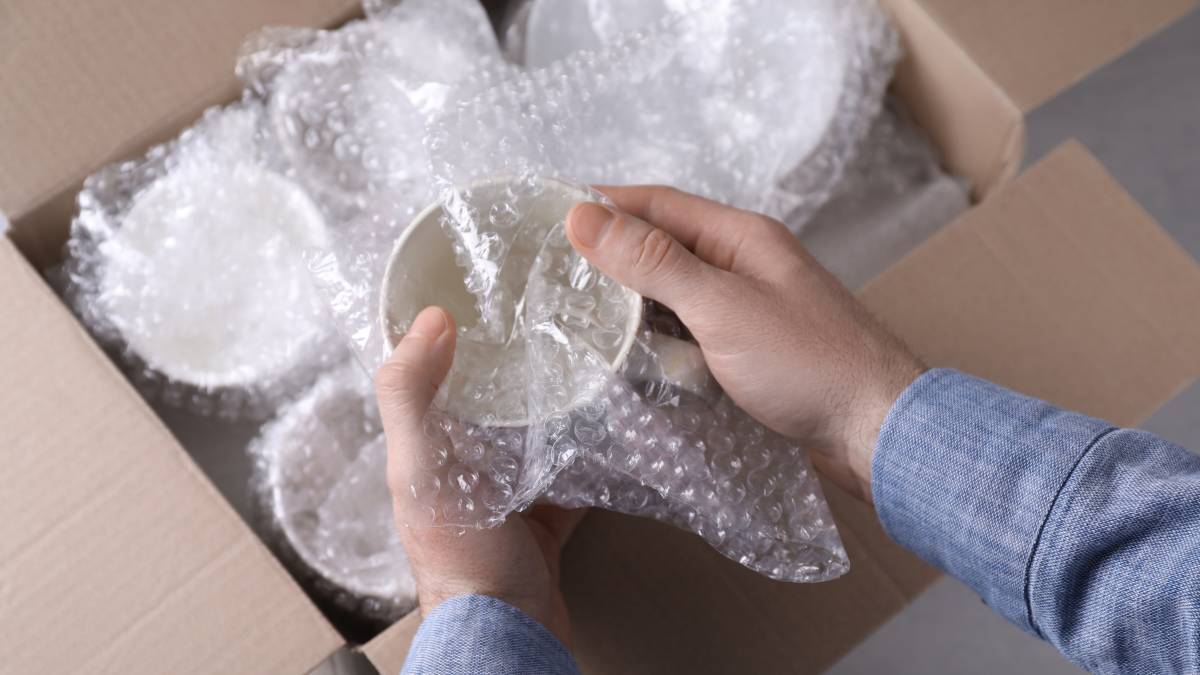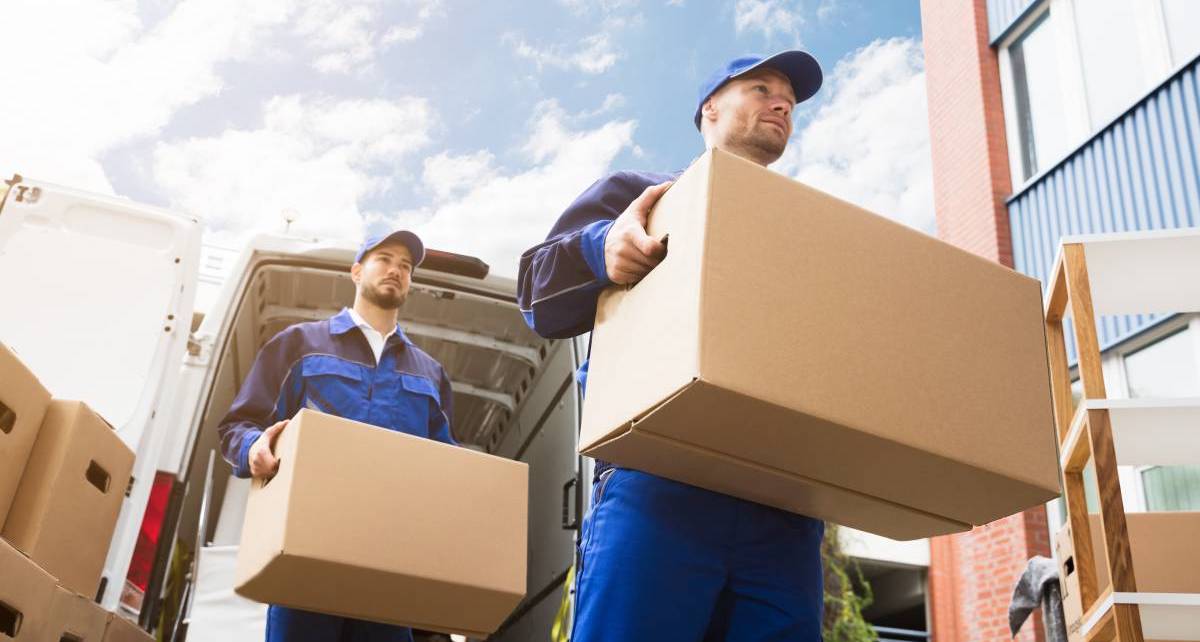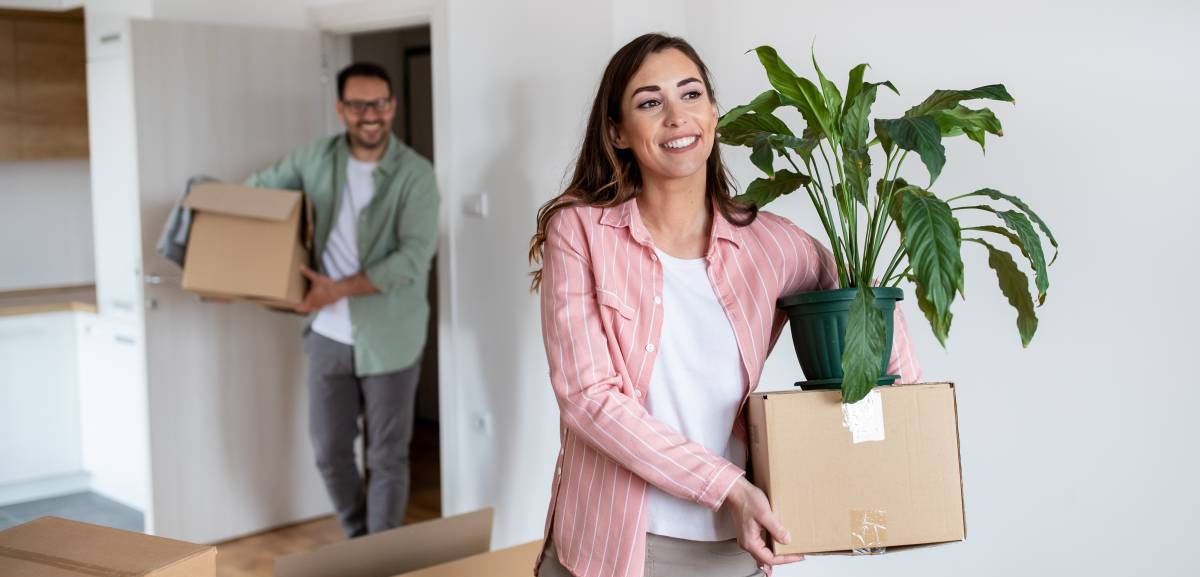- Home/
- Guides/
- Furniture Movers/
- How to Move a Grandfather Clock

An easy guide to move a grandfather clock
Grandfather clocks are delicate and require utmost care when moving. Transport them safely with the following steps.
Get moving helpPublished on
Almost any traditional home has a grandfather clock that remains functional and well-kept. Often, most families have passed these down to their younger generations. Interior-wise, antique clocks bring a timeless and nostalgic feel to any room.
These clocks are durable and made from high-quality parts, making them quite heavy and challenging to haul into a vehicle and move to a new location. Furthermore, their mechanisms are delicate and must remain intact when it travels.
If you’re planning to relocate and wondering how to move a grandfather clock, you’re in the right place. In this article, you’ll learn how to transport a grandfather clock to your new home safely and securely.
What you’ll need to move a grandfather clock
Before moving a grandfather clock, you’ll need several tools and moving supplies to implement the steps below.
Cotton gloves
Scissors
Cable ties
Cleaning cloths
Old towels or moving blankets
Marker or label maker
Bubble wrap or other types of packing material
Packing tape and masking tape
Soft packing paper or nuts
Moving boxes and a grandfather clock moving box, if possible
Heavy-duty dolly
A step-by-step guide to moving your grandfather clock
Learn the steps for transporting a grandfather clock below.
Step 1: Inspect for cracks and damage

Grandfather clocks are often heirloom pieces, so you can expect them to have weak areas, cracks, and dings. Before transporting your grandfather clock, take note of these parts to secure them well before moving the clock to another floor or hauling and traveling in a moving vehicle.
Check for any missing keys, screws, and fasteners. Next, note any glass panel damage and if the mechanism has any damage or odd sounds. Lastly, photograph the clock before disassembling and packing it to help you reassemble it later. You might want to call a clock repair specialist afterward to fix any damage.
Step 2: Remove the glass panels
Both older and newer grandfather clocks have side and front glass panels, which can be highly delicate. Ensure they won’t break apart during the move by packing them with bubble wrap. Wrap them with enough layers for better protection so they won’t move inside the transport box, then use a marker to label the box as fragile.
Step 3: Secure chains or cables

Step 3. Secure chains or cables
Before moving the clock, secure its chains or cables. Most grandfather clocks utilize either material.
Grandfather clocks with cables often have pulleys. You can insert folded pieces of packing paper or nuts above each pulley. Then, wrap them around the cables to form a barrier between them and lower the clock weights until they’re above the cable mechanism. If you insert enough thick paper to press against each pulley, the cables should remain rigid and unmoving when you try to remove a clock weight.
You’ll find sprockets instead of pulleys above the chain for clocks with chains. Raise the clock weights just enough to use a cable tie below each sprocket to hold the chain in place. Don’t crank the weights too high to avoid damaging the chains and sprockets.
Step 4: Remove clock weights
Wear cotton gloves before removing the weights from a grandfather clock, then carefully unhook one weight from the clock. Then, check for any labels at the bottom or on the side. These labels correspond to the order you need to re-hook them later. If they have no labels, you can use masking tape and your permanent marker to name each according to their position.
Label each of them as left, center, and right. You can stand and label the weights in front of the grandfather clock as the reference point. Once done, pack them in enough bubble wrap for protection.
Step 5: Detach and pack the pendulum

Locate the pendulum’s attachment on a guide right above the mechanism. Wear cotton gloves, and then use your hand to stop the pendulum. Then, unhook it from the guide and wrap it in enough bubble wrap or padding material to secure it in a box. Lastly, keep the pendulum guide intact during travel by using packing paper and tape to keep it in place.
Step 6: Secure the chime rods
Your best option to secure the chime rods is to use bubble wrap or other packing alternatives like pieces of cardboard to wrap them inside the grandfather clock. Wrap them securely sp the chimes won’t sway and potentially damage the other parts of the clock during the move.
Step 7: Remove shelving and embellishments

Take out the other components of the grandfather clock if you can. If you can remove the clock’s glass elements, clock face, wooden and brass ornaments, and other parts, cover them with wrapping materials before putting them inside a large moving box.
Use padding materials like extra paper or old towels to ensure the parts are secure inside the moving box. Finally, label the boxes as “Fragile” to ensure they’re handled properly.
Step 8: Box up the grandfather clock’s body or clock case
The clock’s body needs lots of packing to prevent damage, especially if the clock already has existing cracks, dings, and structural damage. You can wrap the material around it while in an upright position.
Use a grandfather clock moving box to secure it for transport. This is crucial, especially if you’re moving long-distance or cross-country.
Step 9: Load the grandfather clock

Consider the weight and dimensions of your grandfather clock. Most clocks can weigh a hundred kilograms or more, so you’ll need to use a dolly to move it around. You’ll need helpers to assist you in tipping the clock back and sliding it to the dolly. Once done, use moving straps to keep it in place as you haul it to a new room or a moving truck.
You can move your valuable clock using a pickup truck, but a box truck is better for transporting it because it has a truck-to-floor ramp and sturdy security cables. Move the dolly up the ramp and keep it upright as much as possible. Secure it in the same position and do not lay it on the side–its clock mechanisms and wood can get damaged in this position.
Lastly, use the cables to keep them secure throughout the trip and bring the other boxes containing the clock’s components up the truck. After this, you can transport it into its new home and reassemble it there!
Step 10: Unload and reassemble the clock
Once you arrive, use the dolly and ramp to bring down the grandfather clock and bring it inside its new home. Check the clock for any damage. If everything’s good, reassemble the components based on the photo you took or the manual. Afterwards, use a cleaning cloth to wipe fingerprints and debris on the wood and glass.
To start your grandfather clock, manually set the hour and minute hands to the correct time. Then, wind the clock and start the pendulum. If you assemble and start the clock properly, you should hear its familiar ticking sound.
☞ You might also like: The ultimate grandfather clock maintenance guide
Set a time to move your grandfather clock
Antique clocks or grandfather clocks are treasured pieces. Keep your family’s heirloom alive by hiring moving experts who know how to transport a grandfather clock safely. These professional movers have experience packing, transporting, and reassembling valuable items like grandfather clocks.
Don’t hesitate to call for extra hands when you need them. It’s easy to get moving help on our platform. Just create a posting asking for moving assistance, then wait for grandfather clock movers to send you a quote!
FAQs about moving and transporting grandfather clocks
It’s not recommended to lay your grandfather clock, especially if it is extremely old. These clocks are top-heavy and can stress their wooden structure if laid sideways. Furthermore, its clockwork components can be misaligned and malfunction when laid on its side, especially when the road is bumpy.
First, reassemble all components of the grandfather clock. Then manually set the hour and minute hands to the correct time. Once done, crank it and start the pendulum. You should hear it ticking.
You can slightly tilt a grandfather clock to haul it up the truck ramp. Then, secure it with cables while upright inside the box truck.
The average weight of a grandfather clock can be from 100 to 300 lbs (45 to 136 kgs). You’ll need help to tip the clock back, put it on the dolly, and push it up the ramp to the truck. Keeping it balanced and upright during the trip requires manual care, even if cables keep it in place.
Find furniture movers, fast
Find a furniture mover
Related articles

A guide to becoming a mover
Read more

How much do movers make?
Read more
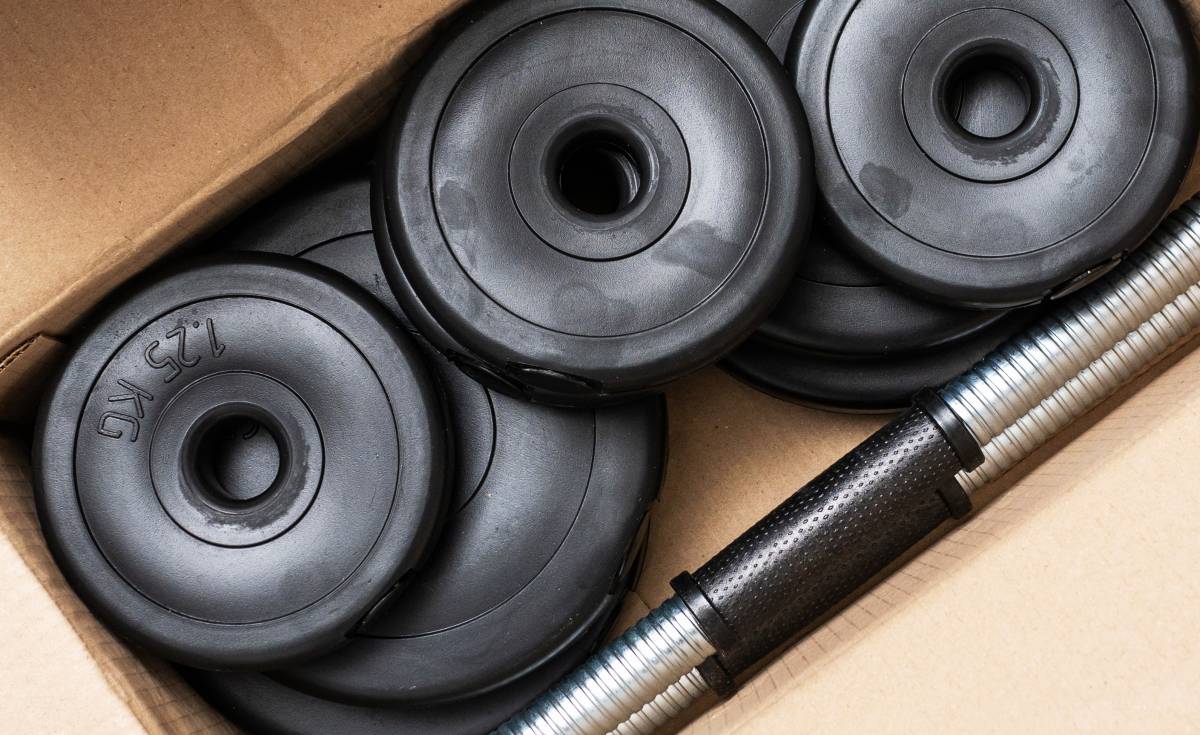
How to move gym equipment safely
Read more

How to pack kitchen items
Read more

How to pack books for moving
Read more

How to move a shed
Read more

How to move a washing machine
Read more

How to move a pool table
Read more

How to pack bedding for moving
Read more

How to move a pinball machine
Read more

Where to get moving boxes for free
Read more

How to wrap furniture for moving
Read more
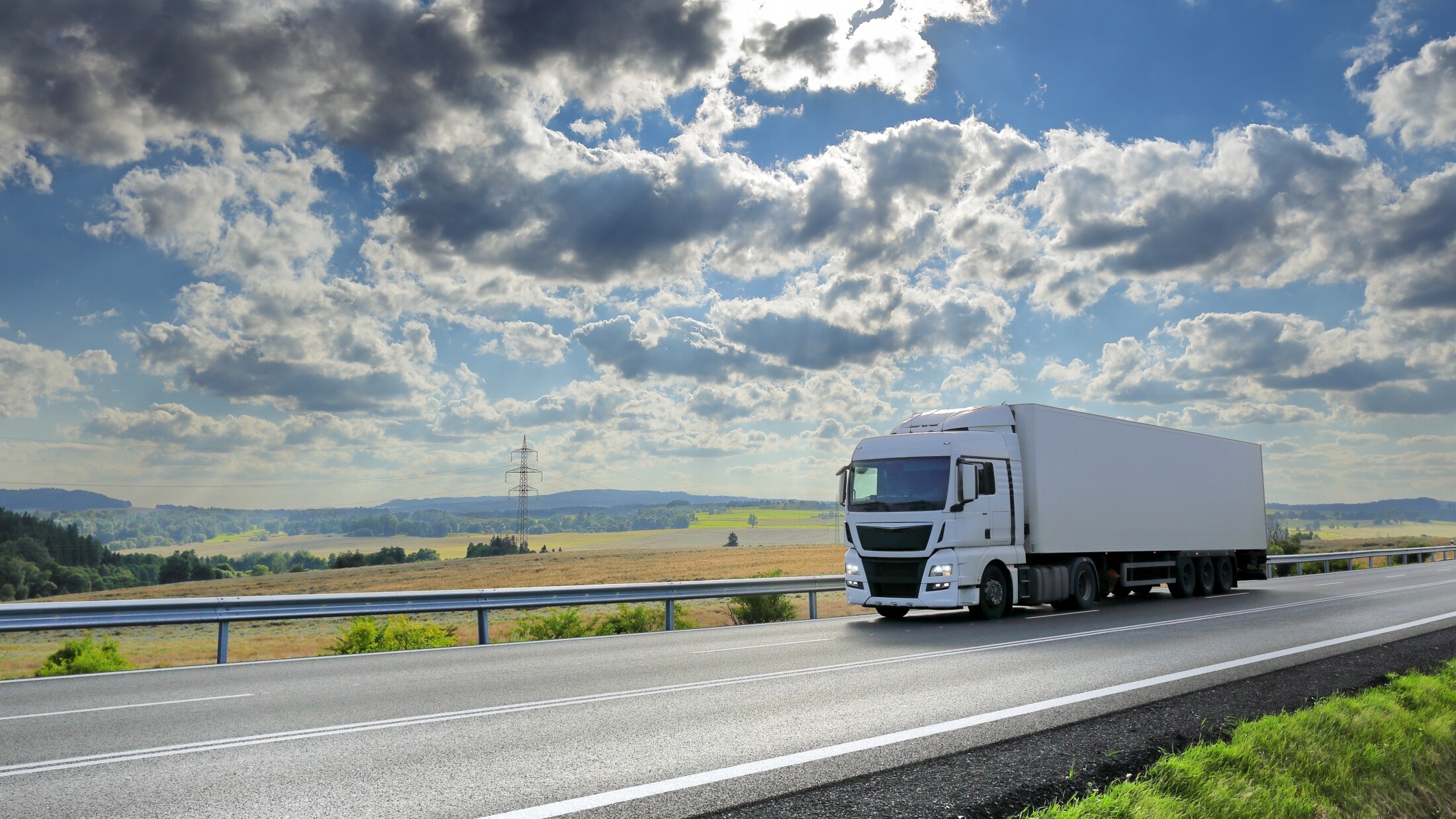
Moving interstate checklist
Read more

Moving out of state checklist
Read more
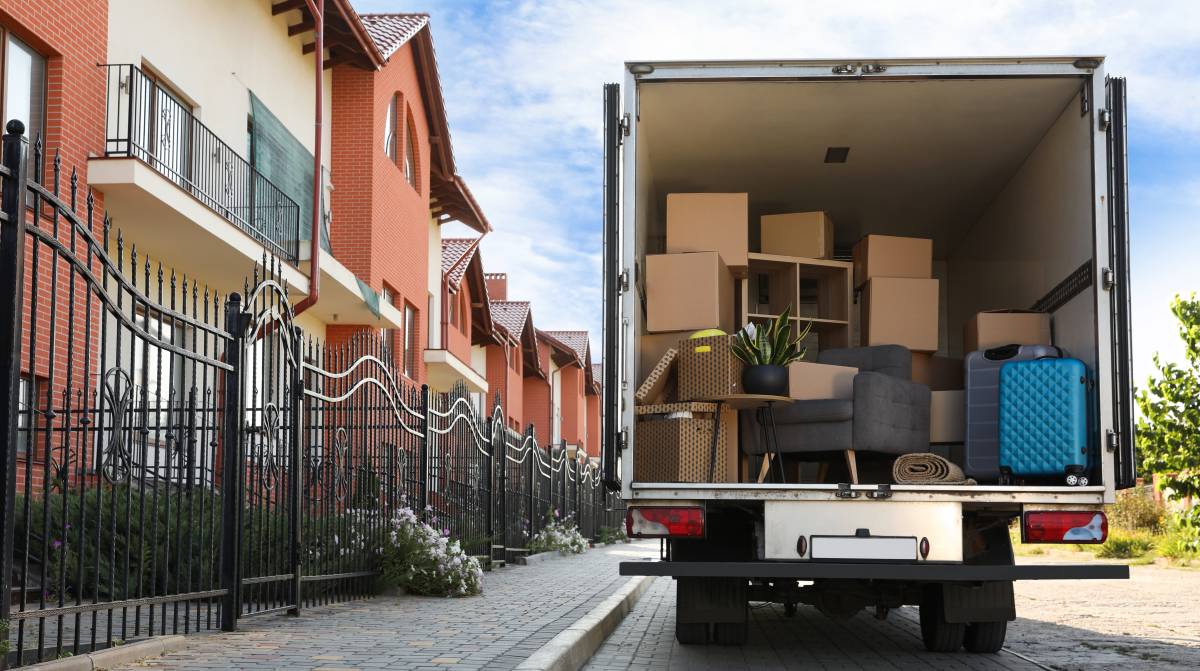
How to pack a moving truck
Read more

What movers won’t move
Read more

Tips for moving house with kids
Read more

How to move a refrigerator
Read more

The ultimate packing and moving list
Read more

How to move a vending machine
Read more

How to pack artwork for moving
Read more
Related price guides

How much does mattress removal cost?
Read more

How much do packers cost?
Read more

How much does a removalist cost?
Read more
